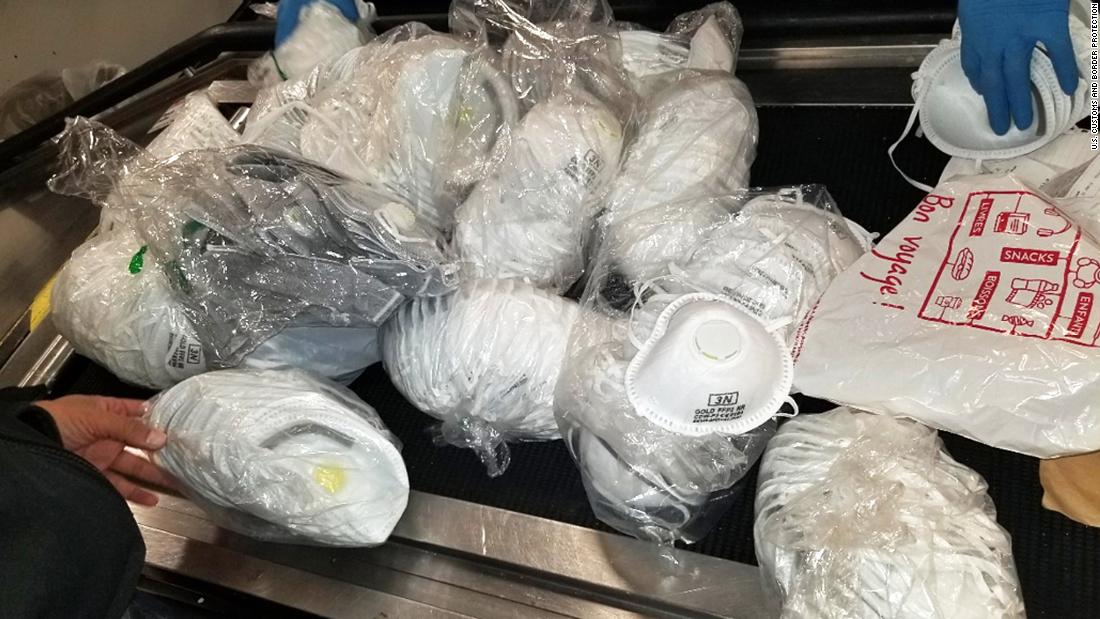Between the start of the pandemic and the end of the year, U.S. Customs and Border Protection (CBP) seized more than 14.6 million fake masks that entered the United States, the agency told CNN.
See how you can identify a fake N95 mask.
Most important: NIOSH approval
The National Institute for Occupational Safety and Health is part of the US Centers for Disease Control and Prevention that focuses on worker safety and health.
Before filtering respirators with a mask – a sophisticated term that includes N95 masks – can be used in any workplace, they must be certified by NIOSH.
When discovering whether an N95 mask is fake or not, NIOSH markings are your compass. But there are some tests you can do before you even have a mask on hand.
What to consider before buying
If you are buying directly through a website:
- Are there any typos, incorrect grammar or other errors on the site?
- Are there any flaws on the site, such as incomplete or blank pages, dummy text, corrupted links and misspelled domains?
If you are buying through a third party market:
- Does the list call the product “genuine” or “real”? Legitimate companies don’t have to tell buyers that their products are real – at least not in the product name.
- Were comments left about the product or the seller? Buyers dissatisfied with the product may reveal that it is poorly made or illegitimate.
- Is the price too good to be true? It probably is.
- Is the seller selling the same items over time or following trends? Legitimate businesses tend to remain consistent.
- Does the seller put his contact information in pictures? In that case, they may be circumventing the market policy to maintain interactions between buyers and sellers on the site.
How to check if your mask is real
Okay, but what if you have already masked a website or market and don’t know if they are real?
This is your golden rule: No markup means no approval.
NIOSH approved masks have an approval label on or inside the mask packaging – on the box or in user instructions. The mask must also have an abbreviated approval mark.
Some other red flags to watch out for include:
- Any decorative elements, such as sequins.
- Ear clips instead of head bands. The head bands are crucial for the perfect fit of the N95.
- Approval requests for children. NIOSH does not approve masks for children.
Do you have a real mask? Share these resources
Do you have a fake mask? report it
Criminal organizations are also trying to sell counterfeit pharmaceuticals, other PPE and medical devices to “unsuspecting American consumers,” CBP Executive Director of Business Policies and Programs, John Leonard, told CNN.
